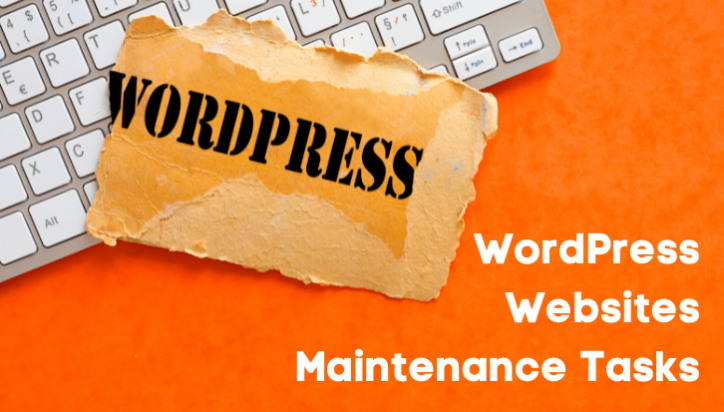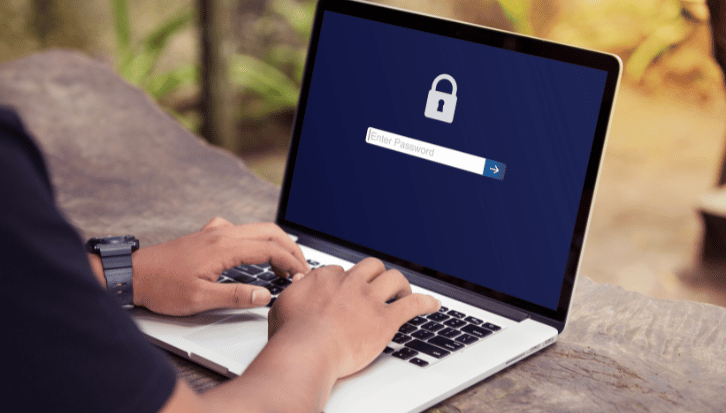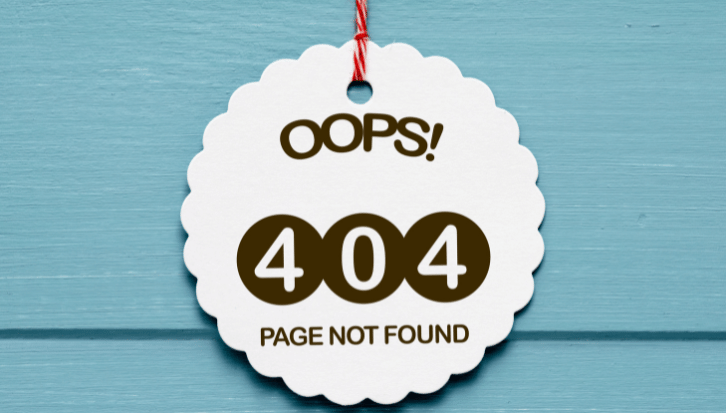
15 WordPress Websites Maintenance Tasks to Perform Regularly
Having a professional website is crucial to any online venture’s success, and being that one versatile and open-source content management system (CMS), WordPress is what businesses rely on to achieve a quality online presence without many hurdles.
As this powerful website builder already powers 43.3% of all websites on the internet, no wonder it is considered highly beneficial for any business website to run. Ranging from the ease of use to complete customisable solutions to a wide variety of themes and plugins, WordPress comes with robust features.
So, if you run a website and want to make sure that your site is secure, safe and running at peak performance with customised functionality and look, there won’t be any great alternative to WordPress.
WordPress maintenance- how it matters?
WordPress is eventually a sophisticated database-driven system that requires consistent maintenance to function, maintaining stability and security. So once properly set up and configured, your work is not done here. Again, the maintenance is more than just updating the website core, plugins or themes.
Despite being a popular platform, there are security considerations, as hackers and viruses often target WordPress. If this goes unnoticed, it allows hackers to extract database credentials and create unauthorised admin accounts. And this will put a huge dent in your profile and credibility.
But, by maintaining the appearance and functionality of the website to fixing bugs, conflicts and other related issues, you can enable complete coverage to fight off hackers and security threats 24/7. Alongside strengthening site security, it will help you to avoid downtime, ensure a great user experience and maintain a regular backup.
15 crucial WordPress maintenance tasks you must perform
Now if you are on the fence about what to be done regularly to have your WordPress project run properly, go through the below list to get some ideas.
1. Change your WordPress passwords regularly

Passwords are one of the key reasons for security breaches on WordPress. That is why it is always recommended to use strong, unique passwords for all your online accounts.
However, even after using long, complicated passwords, it is a best practice to change passwords on a regular basis. This includes passwords for your WordPress dashboard, FTP or SSH accounts, MySQL database and web hosting. It will reduce the risk of constant access, limits breaches to multiple accounts and prevents the use of the saved password.
2. Backup your site regularly
Even if you have implemented all the security practices to secure your site, the website data can still be vulnerable. Lose of website data can happen due to various reasons, including damage to the hosting system or server crash or failure. In any such unforeseen event, a sound backup strategy can be a lifesaver.
You can back up your site manually on your own or go for automated backups using plugins, or rely on the backup solutions provided by your web host provider.
3. Update to WordPress’s latest version
Whenever a new version of WordPress core is available, always update to the latest version for better performance and security. WordPress version upgrades contain patches, bug fixes, new features updates, faster site loading speed, security assurance and other improvements. Even when you fetch the latest version of the software, you will have fewer conflicts when updating your plugins and themes.
4. Update your themes and plugins
Alongside WordPress core, the themes and plugins on your website also need to be updated regularly. WordPress themes and updates will help you in avoiding security breaches and improve the functionality of your WordPress website as it brings bug fixes and performance improvements. You can either manually check for updates by reviewing all your installed plugins and themes or enable auto-update to reduce the time and effort.
5. Perform SEO and content audit
Include this in your regular maintenance task. Perform a thorough, in-depth review of your content. Take the help of Google Search Console and Google Analytics to know where your visitors are coming from, find search keywords where your site appears in the result and discover content where you have lots of traffic.
6. Find and fix broken links
Broken links work poorly for user experience and also for SEO rankings. Broken links can occur for many causes, sometimes for moving a site to a new domain name or deleting a post without proper redirection or due to some typos that go unnoticed for longer times. So, to make sure that all links on your site are working properly, it is recommended to regularly check for broken links and fix them in one place.
7. Modify the 404 page

The 404 error that often occurs for deleted pages, typing errors or incorrect URLs can be extremely damaging to your brand and have a negative effect on your SEO. So, you need to find and fix 404 errors on a regular basis.
Explain why the content requested is not available and offer a relevant substitute. Instead of the generic “page not found” dead-end, you can go for custom 404 pages to offer some personality and options so that your visitors won’t leave the site.
8. Optimise WordPress database
The WordPress database store each of your website content, including blog posts, pages, comments and other custom posts. A large database that is bloated with unnecessary data can eventually affect the performance of your site since it will take longer for your server to retrieve information. So, periodic database maintenance is a must to improve database performance.
9. Identify and delete all spam comments
Comment spam is a common problem faced by WordPress websites. If you enable comments on your site, you are bound to deal with spammers. However, there are plenty of simple tweaks that you can go for to deal with spam.
Suppose you can bulk delete all of your spam comments or create a “blacklist” of words to flag any comment containing them. Also, you can set up a comment moderation system or anti-spam plugin to stop comment spam.
10. Optimise images
Despite being one of the heaviest assets, images have a considerable impact on a website’s load time. To enable WordPress websites to load quicker, you can use image optimisation plugins. From compressing images to smaller file sizes to adding keywords and phrases to your image alt text, you can optimise your website images in many ways.
11. Check on the forms
If you have important forms like checkout forms, contact forms or order forms, it is important to test them regularly. Because sometimes, due to misconfiguration on the WordPress hosting server, the forms may not work properly. Otherwise, if it remains undiscovered for many days, it will cost you in sales/leads.
12. Run tests and moderate performance
From poorly coded themes to big image files to bloated plugins, there are a number of factors that can affect your site’s performance. Running performance tests will give you full-site performance information, including page size and load time to help you measure the speed, accuracy and stability.
So you will get a complete picture of how your site is running and what needs to be improved. To run the tests, you can take the help of various speed test tools, including WebPageTest, Google’s PageSpeed Insights, Pingdom, GTmetrix and more.
13. Analyse your site’s traffic
By analysing your web traffic, you can learn how many visitors visit your site, what pages they are visiting, how long they stay or what search engines are sending traffic to you. Monitoring this will help you to determine whether you are attracting the right traffic or not, whether your actions to call are being seen or not and how visitors are engaging with your content.
14. Keep track of your user’s activities
Leverage WordPress’s user activity log to keep track of and address any potentially problematic changes on various website elements. From failed login attempts to user account changes to website modifications, you can monitor any essential log events. Suppose when any of your users makes an error that might harm your website, you can track all the activities when trying to troubleshoot or fix the issue.
15. Check overall UX

User experience (UX) plays a crucial role in your website’s conversion rate as well as in defining your product/service reputation. By conducting a thorough UX audit after a sudden period of time, you can keep track of many important aspects of your WordPress site, including performance, readability, navigation and more.
Bonus tip
Always consider a better hosting provider
Web hosting is very important for a WordPress site to work at its best. You will find several types of hosting available that provide different feature sets. But when choosing your WordPress hosting, evaluate your WordPress hosting needs before making the call. Check the technical compatibility, control panel access, price range, support availability or level of performance.
So, if you own a WordPress website and want to make sure that your site is always in the best shape, don’t go for a maintenance check until something breaks. Check them from time to time. Try to perform the maintenance tasks on a regular basis, and this will assist you in ensuring that all the elements of your site are working well together.
You read a lot. We like that
Want to take your online business to the next level? Get the tips and insights that matter.

